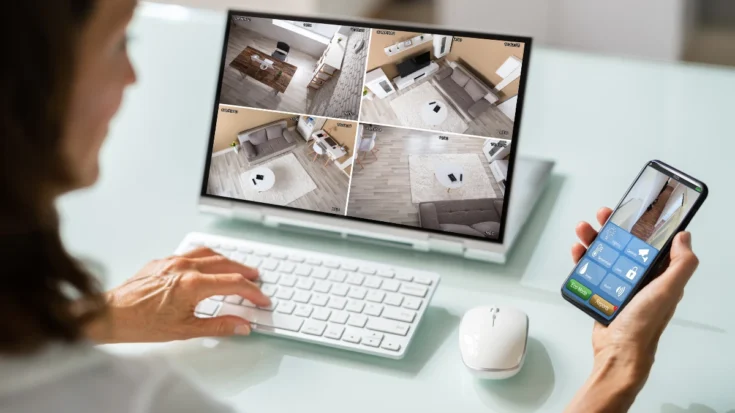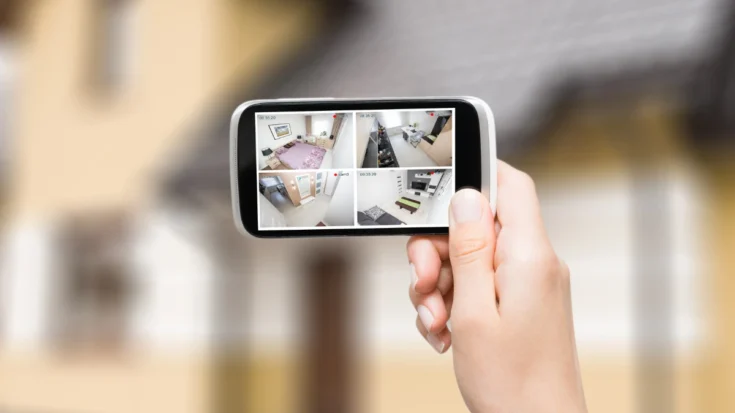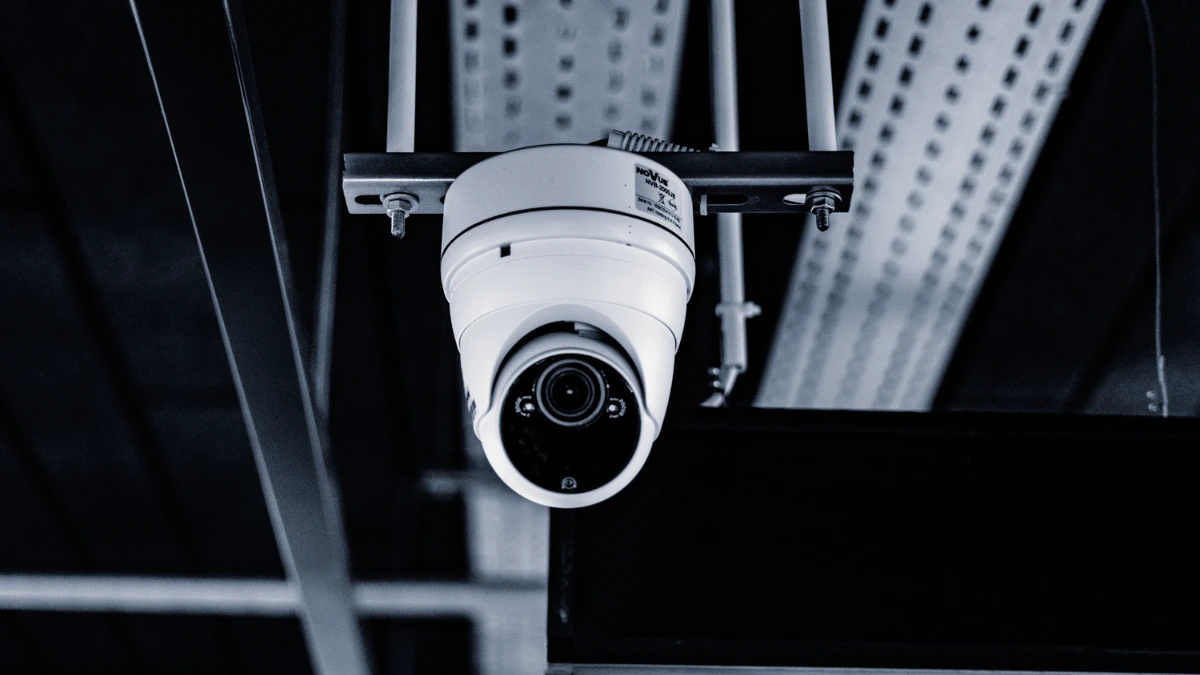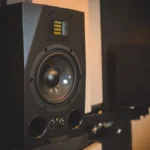Many modern security systems are now equipped with CCTV (Closed Circuit Television). What’s more sophisticated now is that the Internet of Things (IoT) innovation makes conventional CCTV into smart CCTV.
It has the same use in carrying out surveillance in the desired area, only smart CCTV is added with sophisticated features to add a higher level of security monitoring.
In this article, we will provide information about smart CCTV from its definition, features, benefits, and regulations in Indonesia.
Also Read
Table of Contents
What is a Smart CCTV?

CCTV stands for Closed-Circuit Television. CCTV is a television system that monitors and records a specific area using a closed or private signal. CCTV cameras can record activity in the area being monitored.
With smart CCTV itself, it allows the camera to connect to the network using Bluetooth or WiFi. It is very practical for installation in areas that are difficult to pull cables and supports remote access through an app. However, network stability is an important factor in keeping the video smooth.
The device is equipped with smart features such as facial recognition, people counting, and smoke detection, making it more flexible for complex security needs.
The Features of Smart CCTV

In general, a smart CCTV has some main functions such as demographic analysis, two-way audio, and face recognition. Here are some features you can enjoy:
1. Demographic analysis
This feature can be used to recognize and analyze in more detail the people recorded in the camera. The demographic analysis feature on smart CCTV will provide information, such as gender, clothing color, accessories, and shoes worn can be identified easily.
2. Two-way audio
Next you will find a two-way audio feature on smart CCTV. This feature allows you to communicate directly using a smartphone that is connected to the CCTV IP camera. So you can give orders to people at home or communicate directly if someone is trying to enter the house.
3. Face recognition
Supported by AI technology, smart CCTV can differentiate between strangers and familiar people. You can enter the faces of family, friends, or other people who frequently visit into the camera database.
This feature will work by recognizing people you know and are used to going in and out of the house and then automatically sounding an alarm if it detects a stranger entering the system. The face recognition feature is one of the main and most attractive advantages of smart CCTV.
4. Notifications and alerts
Another supporting feature of smart CCTV is that it is able to send notifications or warnings directly to your smartphone or other device when it detects suspicious activity, so you can respond immediately.
5. Rotation and tilt
Some smart CCTVs are equipped with a Pan-Tilt-Zoom or PTZ feature. This feature allows the device to rotate and tilt, thereby enlarging objects. You can easily focus your observation on the face so that it can be seen clearly.
The Benefits of Smart CCTV
Using a smart CCTV provides quite a lot of benefits from advanced features to integration with smart home systems, here are some of the benefits:
- Advanced features: Has features such as face recognition, two-way audio, rotation and tilt for better monitoring.
- Increased security: With the advanced features, it can increase the security of your home.
- Remote access: With IoT technology, it can be connected to a smartphone or other device, so you can monitor CTTV anytime and anywhere.
- Integration with smart home systems: You can control the device together with other smart home devices, such as lamps or doors.
Smart CCTV Regulations in Indonesia

Smart CCTV uses communication technologies such as Bluetooth, or WiFi that operate within a specific frequency spectrum. In Indonesia, any Bluetooth or WiFi-based wireless device is required to have DJID (Directorate General of Digital Infrastructure) under the Ministry of Communication and Digital (KOMDIGI).
Smart CCTV regulations are based on KEPMEN No. 260 Tahun 2024 and No. 12 Tahun 2025, which require all Bluetooth or WiFi-based devices to meet specific technical standards before being sold in the country.
The DJID certification ensures that the product meets government safety and quality regulations and does not interfere with other communication devices. The certification process involves technical testing, such as frequency adjustments, safety checks, and compatibility with the surrounding environment.
Once the tests are completed, products that pass are listed in a Test Result Report, which confirms that the product is safe and ready for sale in Indonesia. This report reassures customers that the product meets technical standards and is secure.
For companies wanting to sell smart CCTV in Indonesia, Type Approval Certification Services for ICT Products are available to assist with this process. This service includes preparing technical and legal documents, conducting required testing, ensuring compliance with regulations, helping companies streamline the certification process, and giving consumers confidence in certified products.


















